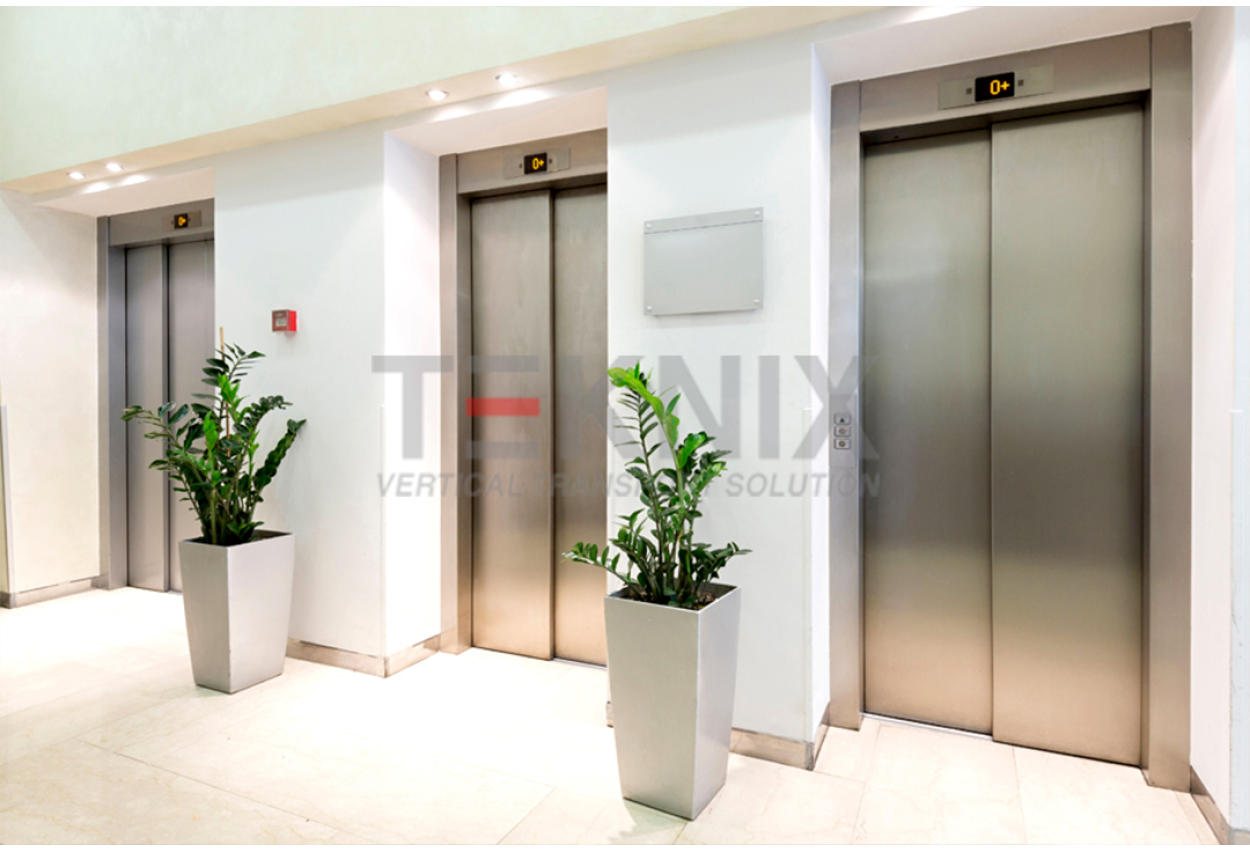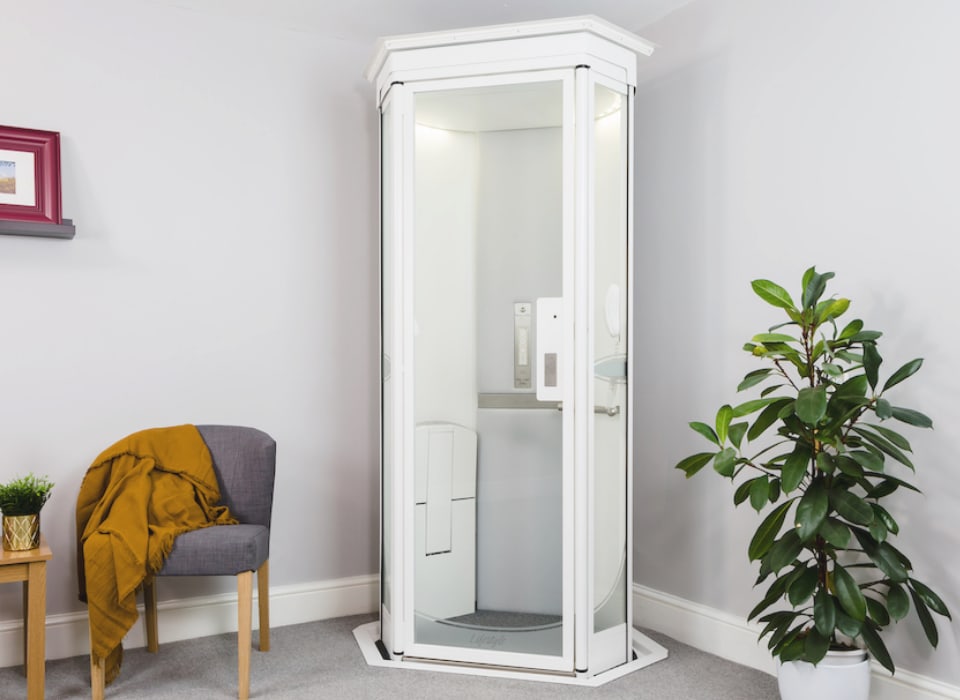London Lift Company: Relied On Professionals for All Your Vertical Transport Requirements
London Lift Company: Relied On Professionals for All Your Vertical Transport Requirements
Blog Article
Looking Into the Globe of Lifts: Usual Issues Encountered by Various Lift Devices
As we browse with the upright transportation systems of contemporary structures, elevators stand out as an indispensable component of our everyday lives. From hydraulic lifts to traction systems and machine-room-less layouts, each lift type comes with its collection of common concerns.
Hydraulic Lifts
Hydraulic elevators, frequently chosen for low-rise buildings, make use of fluid stress to control the activity of the elevator cars and truck (lift repair companies). This device involves a hydraulic pump pushing oil right into a cylinder, causing the lift to relocate the wanted direction. While hydraulic elevators are recognized for their smooth and quiet operation, they do feature their very own set of usual concerns
One common problem with hydraulic elevators is oil leakage. Additionally, issues with the control system, such as damaged valves or a malfunctioning pump, can create interruptions in the lift's movement.
Routine upkeep and timely repair work are important to make certain the smooth performance of hydraulic lifts. By addressing these typical issues proactively, structure owners can lessen downtime and ensure the security and performance of their upright transportation system.
Grip Elevators
When considering upright transport systems in buildings, one more common type other than hydraulic lifts is the grip elevator. Grip lifts run using a system of ropes and weights that relocate the lift auto by grasping onto the hoist ropes. This mechanism permits for smoother and faster vertical transport compared to hydraulic systems.
One of the typical concerns dealt with by grip elevators is rope wear. The continuous movement of the ropes within the traction system can result in damage with time, possibly triggering the elevator to malfunction or become unsafe for use. Normal inspections and maintenance of the ropes are important to guarantee the lift's correct functioning and security.
Another concern that grip lifts may come across is associated with the control system. Issues with the control system can cause concerns such as erratic motion, hold-ups in feedback times, and even total closures. Normal testing and upkeep of the control system are critical to stop such problems and make certain the lift's reliability.
Machine-Room-Less (MRL) Elevators

Among the essential components of MRL lifts is the compact gearless traction device that is installed within the hoistway. This equipment efficiently drives the lift car without the demand for cumbersome tools found in standard grip lifts. In addition, MRL elevators generally make use of a weight system to balance the auto, additional enhancing their power performance.
In spite of their advantages, MRL elevators may encounter challenges associated to repair and maintenance due to the constrained room from this source for tools installment. Access for servicing components within the shaft can be limited, requiring specialized training for service technicians. Proper maintenance timetables and regular inspections are crucial to ensure the continued smooth operation of MRL lifts.
Overloading and Weight Restriction Issues
Are elevators equipped to manage excess weight loads efficiently and securely? Straining and weight limit concerns are vital issues in lift procedures. Elevator makers design raises with certain weight capacities to make sure guest safety and security and devices durability. Going beyond these weight restrictions can lead to numerous problems, including mechanical failures, delays, and Our site safety and security dangers.
When elevators are overwhelmed, it places excessive strain on the electric motor, wires, and various other elements, potentially creating failures or breakdowns. If they find excess weight, safety and security systems such as sensors and overload sensors are in place to avoid lifts from relocating. In addition, surpassing weight limits can result in raised energy consumption and damage on the lift system.
To mitigate straining concerns, developing supervisors need to prominently present weight restrictions in lifts and enlighten residents on the importance of adhering to these restrictions - lift repair companies. Normal maintenance checks by certified service technicians can likewise help ensure that lifts are running within secure weight parameters. By dealing with overloading and weight limit issues proactively, structure owners can enhance lift security and performance
Electric System Failures
Going beyond weight limitations in elevators can try these out not just result in mechanical problems however additionally potentially add to electric system failings within the lift facilities. Electric system failings are a vital problem in elevator procedure, as they can create unanticipated closures, malfunctions, or also safety dangers. One common electric concern is the getting too hot of elements due to extreme current circulation brought on by straining the lift beyond its capacity. This can lead to harm to the wiring, motor, or control systems, causing expensive repairs and downtime.
Regular upkeep and evaluations are critical to recognize and resolve potential electric concerns immediately, ensuring the safe and reliable operation of lift systems. By sticking to weight limitations and performing regular electrical system checks, building owners can minimize the risk of electrical failings in lifts.
Final Thought

Hydraulic lifts, commonly chosen for low-rise structures, use fluid pressure to regulate the motion of the elevator auto.When considering vertical transport systems in buildings, one more usual type apart from hydraulic lifts is the traction lift. Grip elevators operate using a system of ropes and counterweights that move the lift car by grasping onto the hoist ropes. Unlike traditional lifts that call for a different device room to house the tools, MRL lifts integrate most of the parts within the shaft, eliminating the need for a dedicated device space.In final thought, lifts face typical problems such as hydraulic breakdowns, grip system failings, and electrical system problems.
Report this page